First flowers of spring: the need for beauty and hope at all times
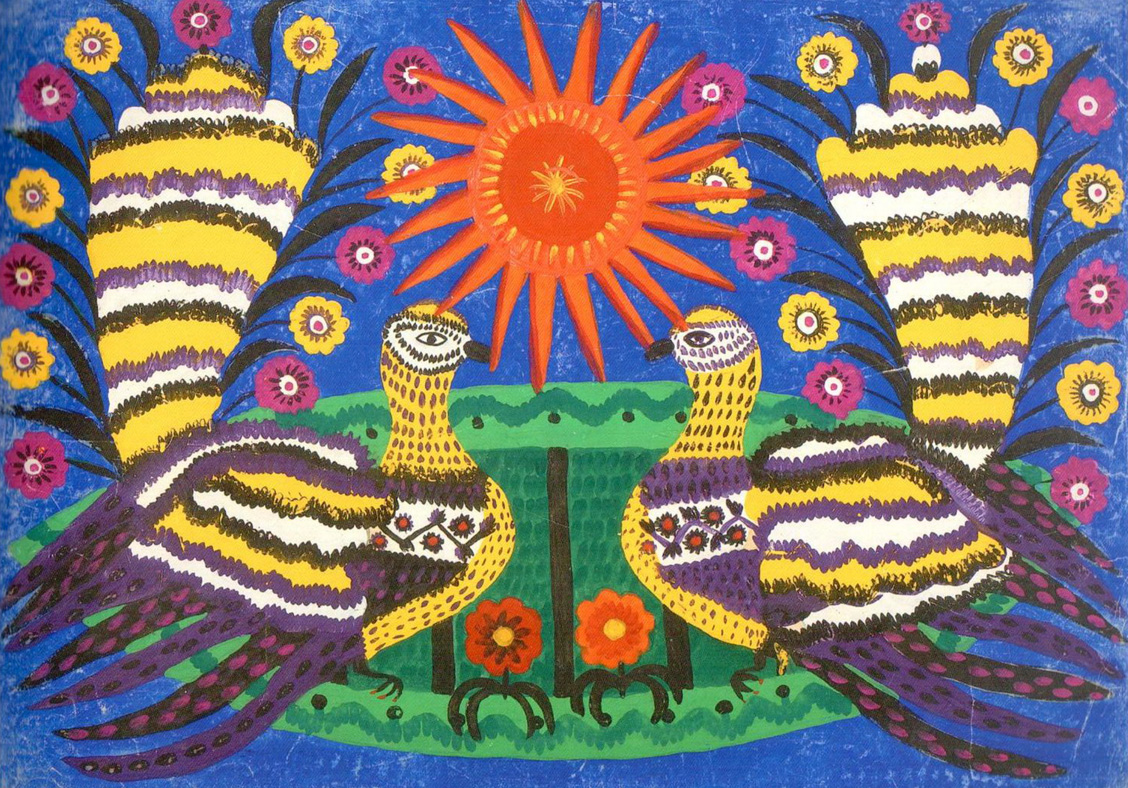
March is here, and in the air, a breath of spring. The sun seems dazzlingly bright and high here in Stockholm, perfect for melting layers of snow and ice that have built up over winter. The thaw is a kind of awakening of the natural world; birds bustling and chirruping, little buds of colour peeking out. These first flowers of spring are essential, an equally bold and gentle reminder that beauty and hope is possible; even when what surrounds is mulch and slush and mud. It stirs something in us to see these small, earnest flowers. Flowers carry endless symbolism and significance – both in the natural world and in culture.
One flower particularly tangled with metaphor and symbolism is the rose. Roses have been used so richly to help us describe ourselves – our love, our youth, our contradictions, our decay. Red roses mean love; yellow, friendship. Long-stemmed cut roses in a vase equal elegance, while rambling wild roses twined across a cottage manifest cosiness and comfort. They’re so heavy with meaning, we can barely see the flowers themselves.
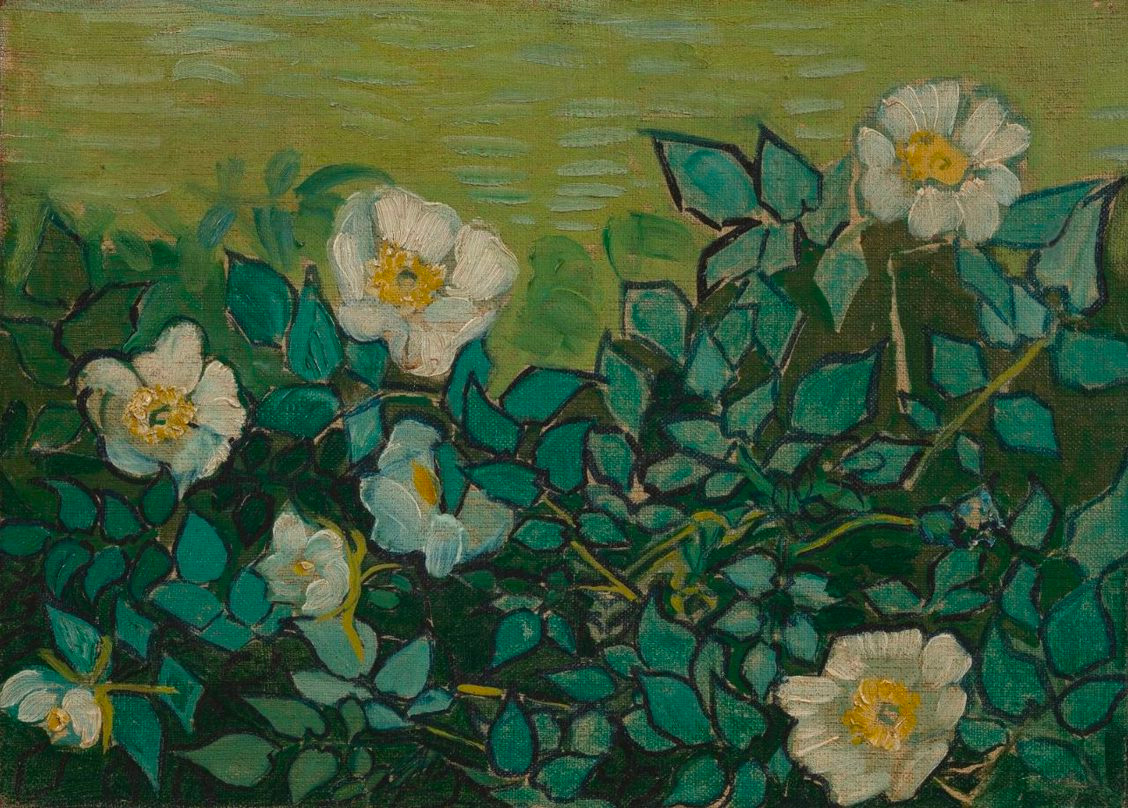
Flowers, especially roses, offer a certain type of nutrition for us – soul nutrition. When our words fail, nature helps us express ourselves. Ekhart Tolle said of trees: “When you look at a tree and perceive its stillness, you become still yourself.” When we look at roses, and perceive all the things they are – beautiful, fleeting, fierce, miraculous – we can recognise and appreciate those things in our lives too.
Rebecca Solnit explores the connection of language and nature in her beautiful new book Orwell’s Roses. In analysing the contrast between George Orwell’s arresting literary style and that of his meticulous garden diaries, Solnit makes a connection between his political stance and his love of the land:
“The kind of evocative, image-rich speech that Nineteen Eighty-Four’s Newspeak is trying to root out is grounded in the natural, rural, and agrarian world: the language of ploughing ahead, having a hard row to hoe, reaping what you sow, making a beeline, going out on a limb, not seeing the forest for the trees, rooting out itself, and all the rest. Orwell going rural was, among other things, returning to the source of metaphor, aphorism, simile.“
Nature is dangerous to dictatorial regimes. Nature inspires, nature toils, nature survives and revives itself again and again. Nature is a tireless optimist.
The political slogan “bread for all, and roses too…” first appeared in 1910, as part of a speech by American suffragist Helen Todd. Later it was adopted for a textile factory strike in 1911, “the bread and roses strike”, which saw thousands of workers walk out under the leadership of a handful of organisations largely run by women.
Few things capture the human spirit’s need for these different, non-verbal kinds of nourishment better than the concept of “bread and roses”. The body requires sustenance – our daily bread – but food alone is not enough. We need a kind of incorporeal nourishment too. For us to stay alive, we need roses. “Roses” in this sense can be physical flowers and gardens, but also literature, conversation, art, music and relationships. A rose, it seems, is never just a rose.
“Kylie Tseng, a young climate activist I know, inscribed on her well-built compost bin, “Death is never an ending in nature.” And because a garden is always a place of becoming, to make and tend one is a gesture of hope, that these seeds planted will sprout and grow, this tree will bear fruit, that spring will come, and so, probably, will some kind of harvest. It’s an activity deeply invested in the future.”
From Orwell’s Roses by Rebecca Solnit
Ukrainian artist Maria Prymachenko’s career started humbly, drawing flowers in the sand while herding geese for her peasant family in Bolonya. Her mother taught her embroidery and unleashed her gift for design in colour. While working as part of the Ivankiv Co-operative Embroidery Association, her talents were spotted and she was invited to the workshop at the Museum of Ukrainian Art in Kyiv, where she went on to create many of her 3,000 works.
Prymachencho lived from 1909-1997, a chaotic time for the region, which was invaded, occupied, divided and separated multiple times by multiple forces.
Canadian scholar Orest Subtelny wrote in Ukraine: A History:
“In 1919 total chaos engulfed Ukraine. Indeed, in the modern history of Europe no country experienced such complete anarchy, bitter civil strife, and total collapse of authority as did Ukraine at this time. Six different armies-– those of the Ukrainians, the Bolsheviks, the Whites, the Entente [French], the Poles and the anarchists – operated on its territory. Kyiv changed hands five times in less than a year. Cities and regions were cut off from each other by the numerous fronts. Communications with the outside world broke down almost completely. The starving cities emptied as people moved into the countryside in their search for food.”
Somehow, within this chaos bloomed a flower of artistic genius. Prymachenko’s work is bright, bold, naïve in style and fearlessly radiant. Bolshy flowers, plump birds, rural domestic scenes and bristling greenery burst from the paper in clean, flat lines.
Her traditional style speaks in the allegorical way of fairy tales and traditional songs, but with a modern twist that geolocates the works in the eras from which they sprung. The sincere, hopeful cheer of May I Give This Ukrainian Bread to All People in This Big Wide World (1982), the hostile serpent-tongued beast in May That Nuclear War Be Cursed! (1978), the surreal Corncob Horse in Outer Space (1978) and, of course, A Dove Has Spread Her Wings And Asks For Peace (1982), which has recently been used as a symbol for support of Ukraine.
Prymachenko’s work speaks of honesty, work, daily life, relationships, nature, news, fear, time – the vital things that create culture. These concepts she humbly gathers in 2D, dousing them with the colourful fierceness that cannot be seen in life, but only felt. When we look at her dreamscapes – their careful symmetry, order, embellishment – we see what it is to be Ukrainian, to be human, to live.
After seeing a show in Paris, Pablo Picasso was reported to say “I bow down before the artistic miracle of this brilliant Ukrainian.”
During the first days of invasion, the Ivankiv Historical and Local History Museum, which housed a number of Prychenko’s works, was destroyed. Anastasiia Prychenko, Maria’s granddaughter, wrote that during the fire, a local man ran into the gallery and rescued 10 of the works from the flames.

In the book No Mud, No Lotus, Thich Nhat Hanh tells a story from his experiences in the Vietnam war.
“When I lived in Vietnam during the war, it was difficult to see the way through the dark and heavy mud. It seemed like the destruction would just go on forever. Every day people would ask me if I thought the war would end soon. It was very difficult to answer, because there was no end in sight. But I knew if I said “I don’t know,” that would only water their feelings of despair. So when people asked me that question, I replied “Everything is impermanent, even war. It will end some day.” Knowing that, we could continue to work for peace. And indeed the war did end. Now the former mortal enemies are busily trading and touring back and forth, and people throughout the world enjoy practising our tradition’s teachings on mindfulness and peace.”
The book goes on to explain how holding suffering can help create space for new things to grow. The idea reminded me of the beautiful poem by Rilke, Let This Darkness Be a Bell Tower, which asks a “quiet friend” to create a space around their heavy breath, their pain and confusion, and let that transform into something else, something better.
Let This Darkness Be a Bell Tower
From: Sonnets to Orpheus II, 29
Rainer Maria Rilke (Translated by Joanna Macy)
Quiet friend who has come so far,
feel how your breathing makes more space around you.
Let this darkness be a bell tower
and you the bell. As you ring,
what batters you becomes your strength.
Move back and forth into the change.
What is it like, such intensity of pain?
If the drink is bitter, turn yourself to wine.
In this uncontainable night,
be the mystery at the crossroads of your senses,
the meaning discovered there.
And if the world has ceased to hear you,
say to the silent earth: I flow.
To the rushing water, speak: I am.
Until next month…
May you be well, happy, whole, and free.
T & B
~~~~~~
Invite your friends to subscribe!
![]() Unlikely meeting points & unlikely collaborations 🌗
Unlikely meeting points & unlikely collaborations 🌗![]() Sit in the middle of things 🧘♀️🪻
Sit in the middle of things 🧘♀️🪻![]() 5 things I learned at a Buddhist monastery
5 things I learned at a Buddhist monastery![]() 6 good things to do
6 good things to do![]() Extraordinary ordinariness: space orbits and sleeping dogs
Extraordinary ordinariness: space orbits and sleeping dogs![]() The ebb and flow of things
The ebb and flow of things![]() A short breath in the bardo
A short breath in the bardo![]() A slender cord of grace
A slender cord of grace![]() Artists reflect on water
Artists reflect on water![]() A love letter to a loaded gun
A love letter to a loaded gun![]() Are you for real?
Are you for real?![]() What is a good life?
What is a good life?![]() Who decides what you think?
Who decides what you think?![]() When new year should be according to history...
When new year should be according to history...![]() Does Mozart really make you smarter?
Does Mozart really make you smarter?![]() Old stories to find light in dark times
Old stories to find light in dark times![]() The human need to put things together
The human need to put things together![]() The power of trends: the good, the bad and the pumpkin-spiced.
The power of trends: the good, the bad and the pumpkin-spiced.![]() From terrestrial to celestial – where do we find inspiration?
From terrestrial to celestial – where do we find inspiration?![]() The illusion of ownership
The illusion of ownership![]() Let’s go down the rabbit hole 🐇
Let’s go down the rabbit hole 🐇![]() Identity, the artist, and #goblinmode
Identity, the artist, and #goblinmode![]() Punk and her godmothers
Punk and her godmothers![]() The ultimate journey – homecoming, heroes and wholeness.
The ultimate journey – homecoming, heroes and wholeness.![]() It’s mushroom month...
It’s mushroom month...![]() Robots, AI and artistry, oh my!
Robots, AI and artistry, oh my!![]() Longevity, love and memory...
Longevity, love and memory...![]() Summer, Freud and a sonnet...
Summer, Freud and a sonnet...![]() When surreal makes sense – exploring with Dorothea Tanning, Olga Tokaczuk and more...
When surreal makes sense – exploring with Dorothea Tanning, Olga Tokaczuk and more...![]() Twists and turns with Mary Oliver, Alan Watts and Astrid Lindgren...
Twists and turns with Mary Oliver, Alan Watts and Astrid Lindgren...![]() First flowers of spring: the need for beauty and hope at all times
First flowers of spring: the need for beauty and hope at all times![]() Defining reality, playing with illusion with Robert Frost, Hilma Af Kilnt and more...
Defining reality, playing with illusion with Robert Frost, Hilma Af Kilnt and more...![]() Celebrating the cycles of light and dark with Joan Didion, Danez Smith and more...
Celebrating the cycles of light and dark with Joan Didion, Danez Smith and more...
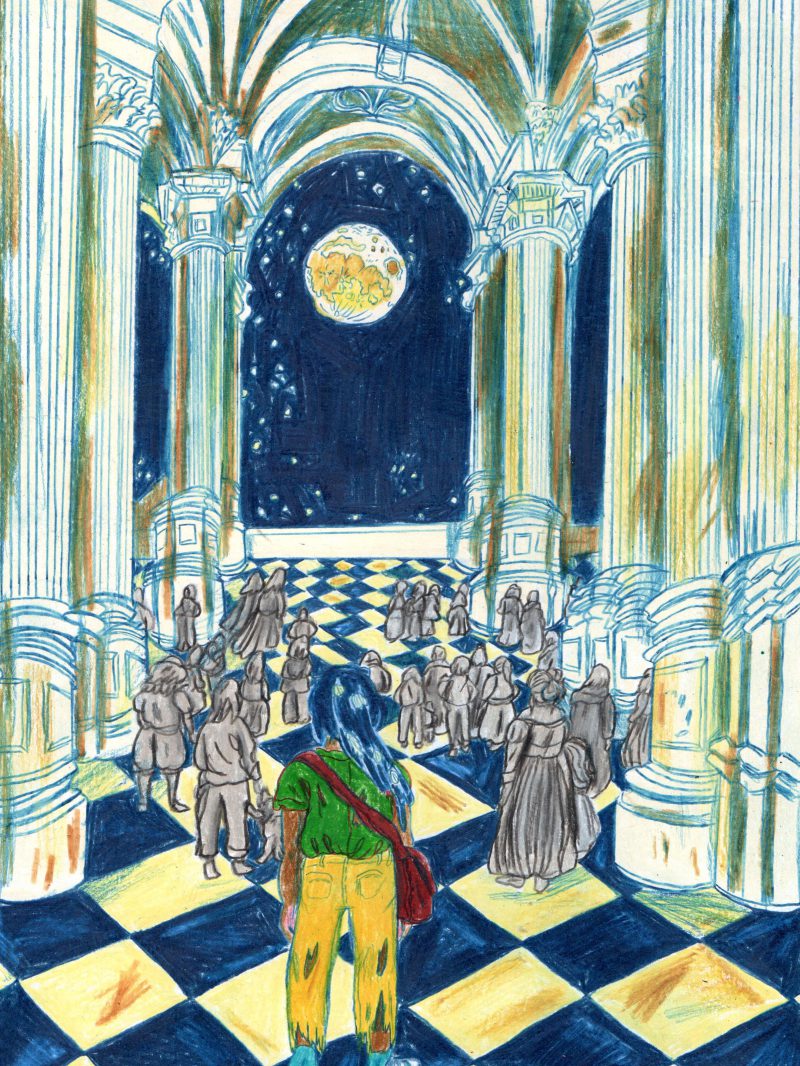 Unlikely meeting points & unlikely collaborations 🌗
Unlikely meeting points & unlikely collaborations 🌗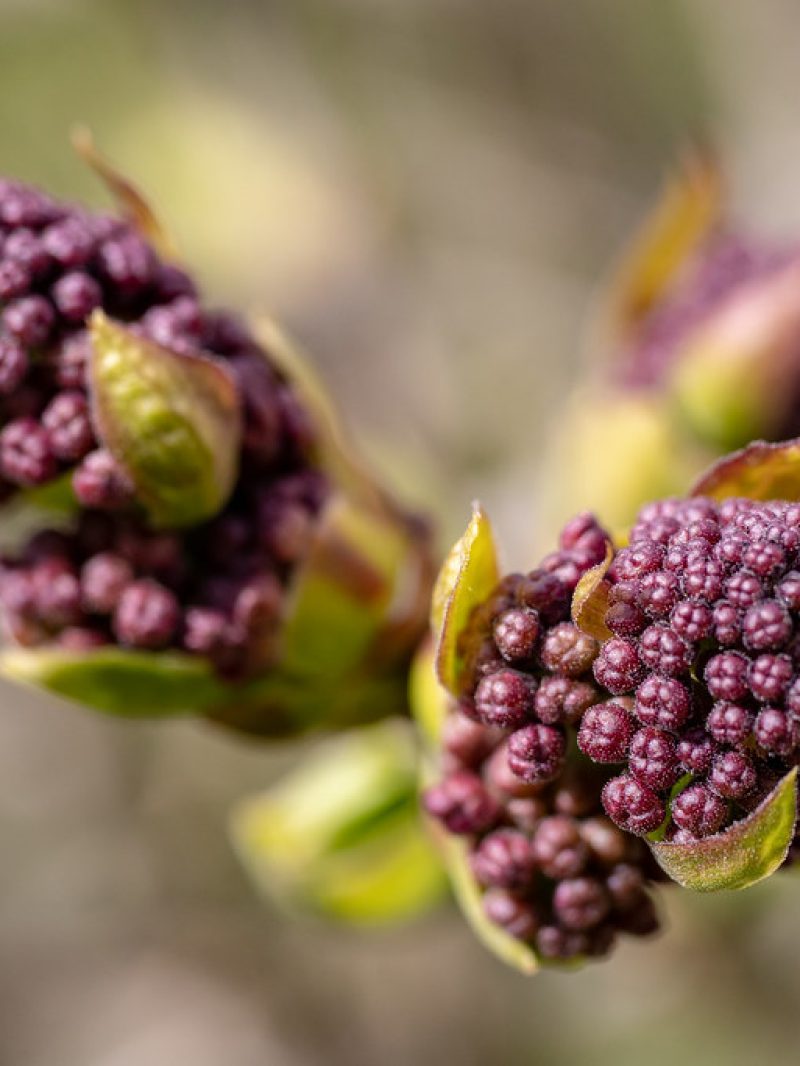 Sit in the middle of things 🧘♀️🪻
Sit in the middle of things 🧘♀️🪻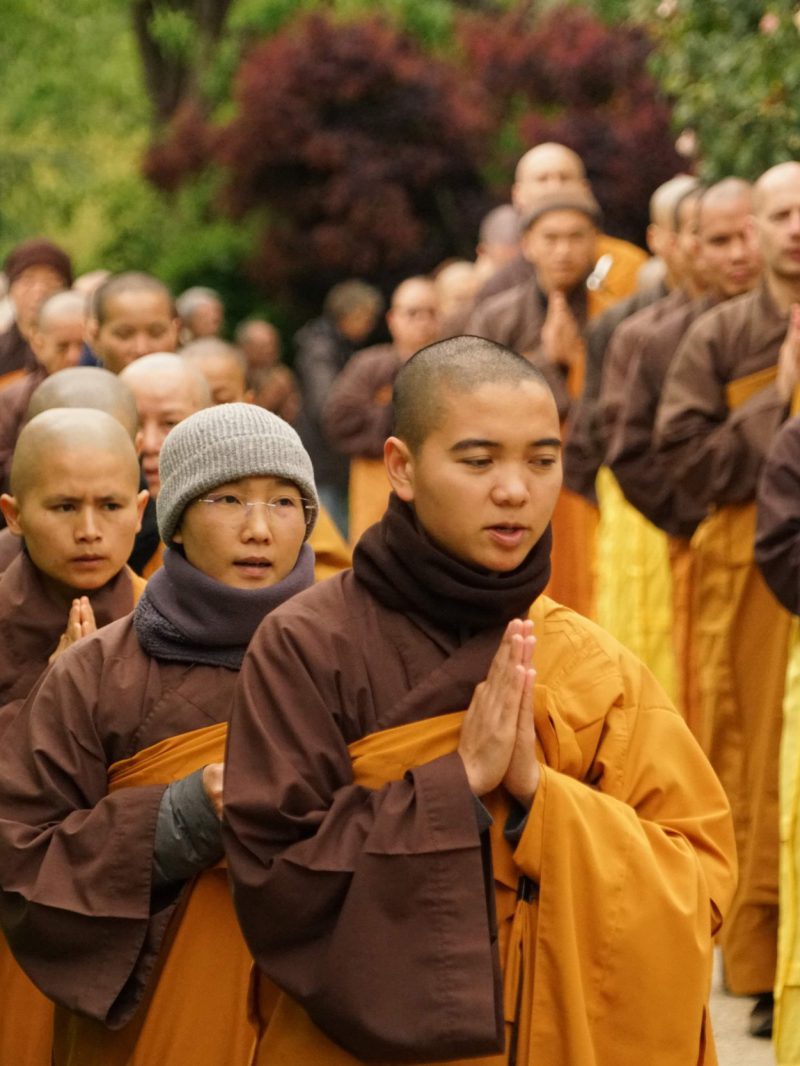 5 things I learned at a Buddhist monastery
5 things I learned at a Buddhist monastery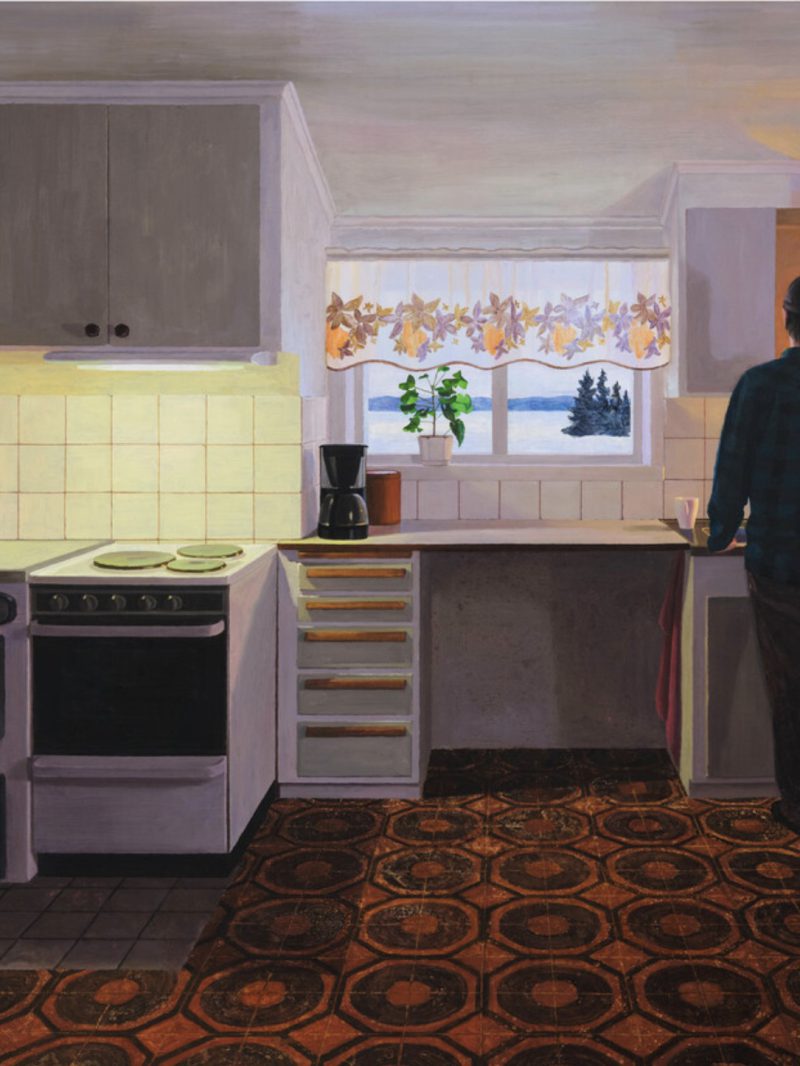 6 good things to do
6 good things to do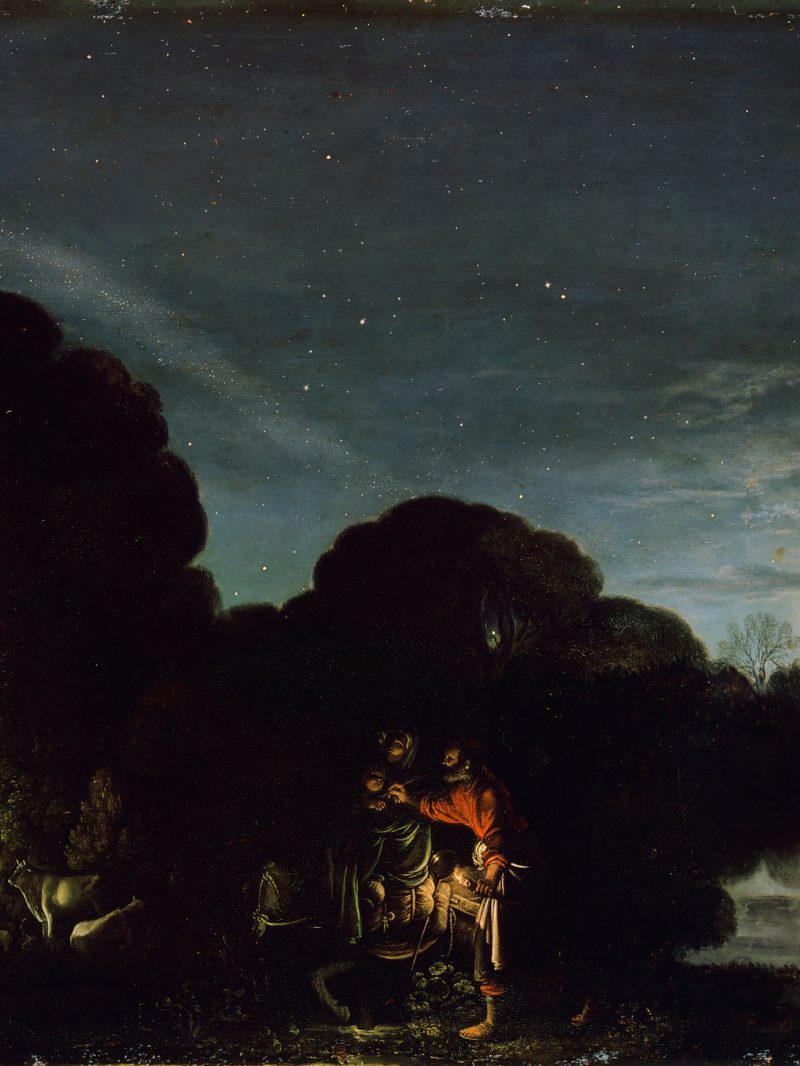 Extraordinary ordinariness: space orbits and sleeping dogs
Extraordinary ordinariness: space orbits and sleeping dogs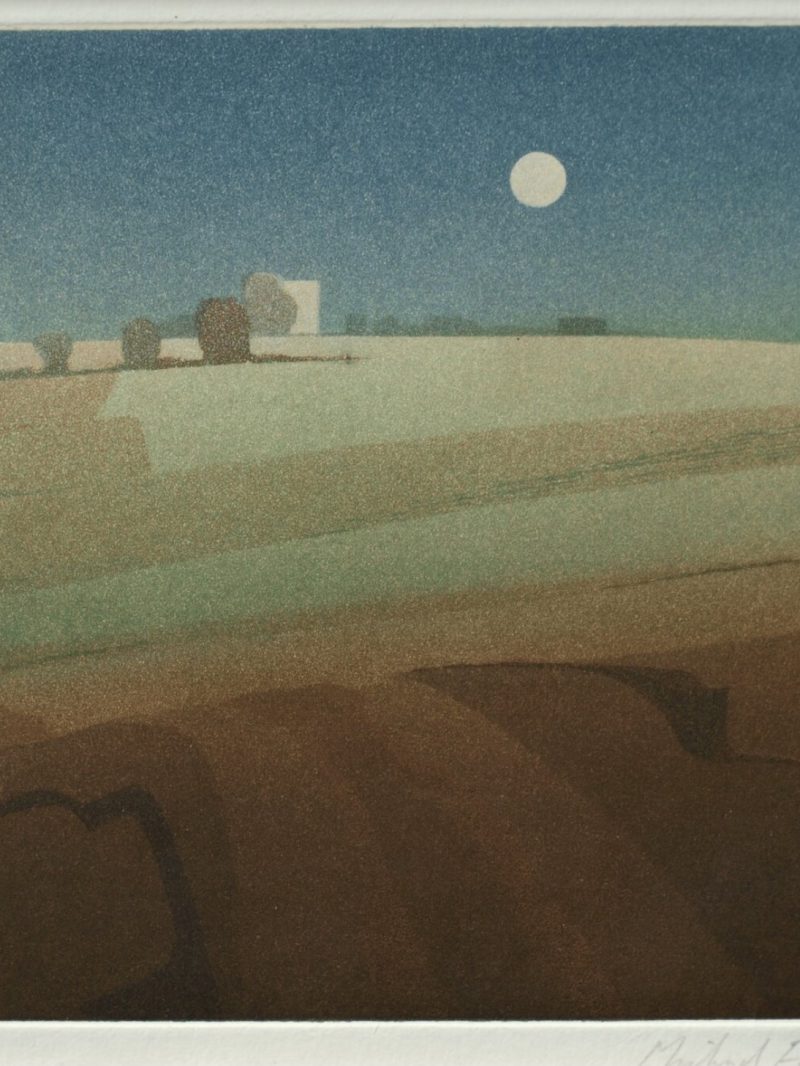 The ebb and flow of things
The ebb and flow of things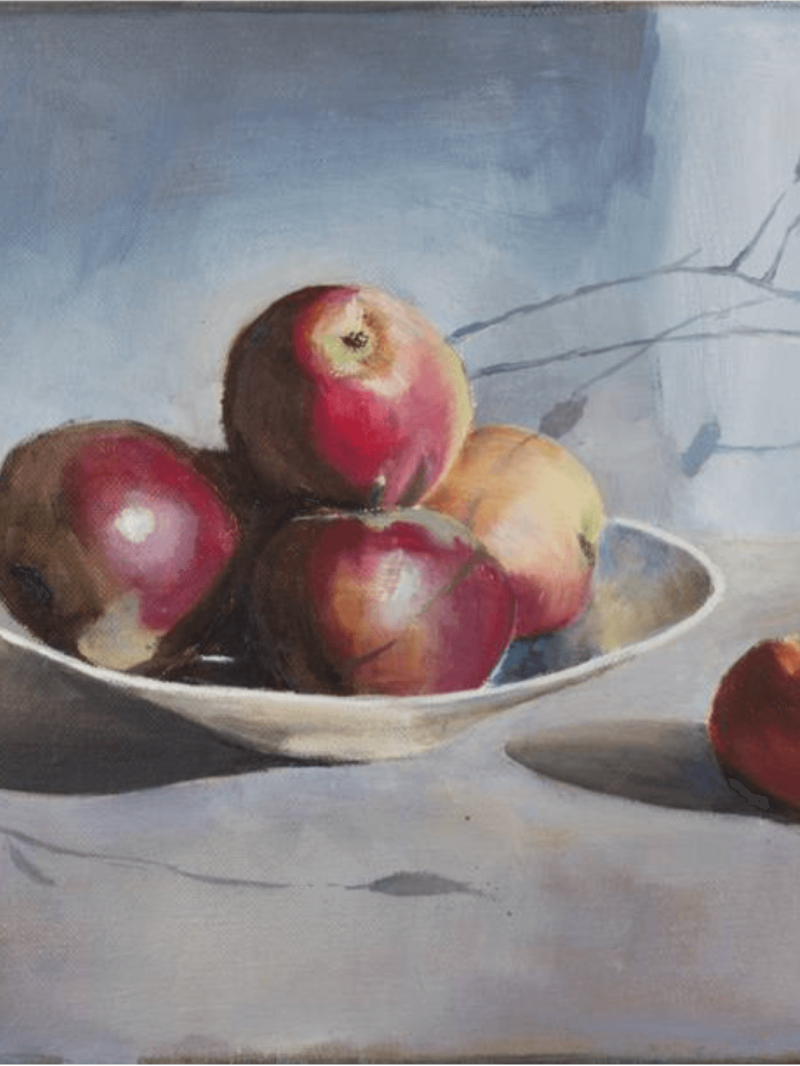 A short breath in the bardo
A short breath in the bardo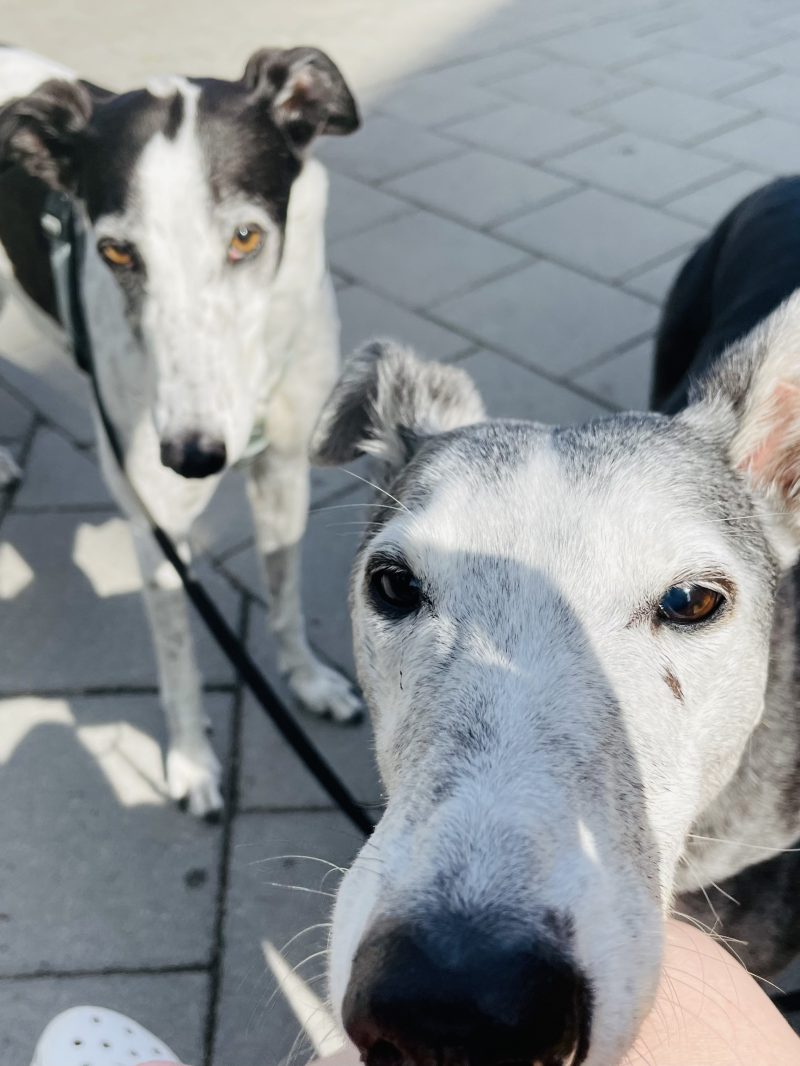 A slender cord of grace
A slender cord of grace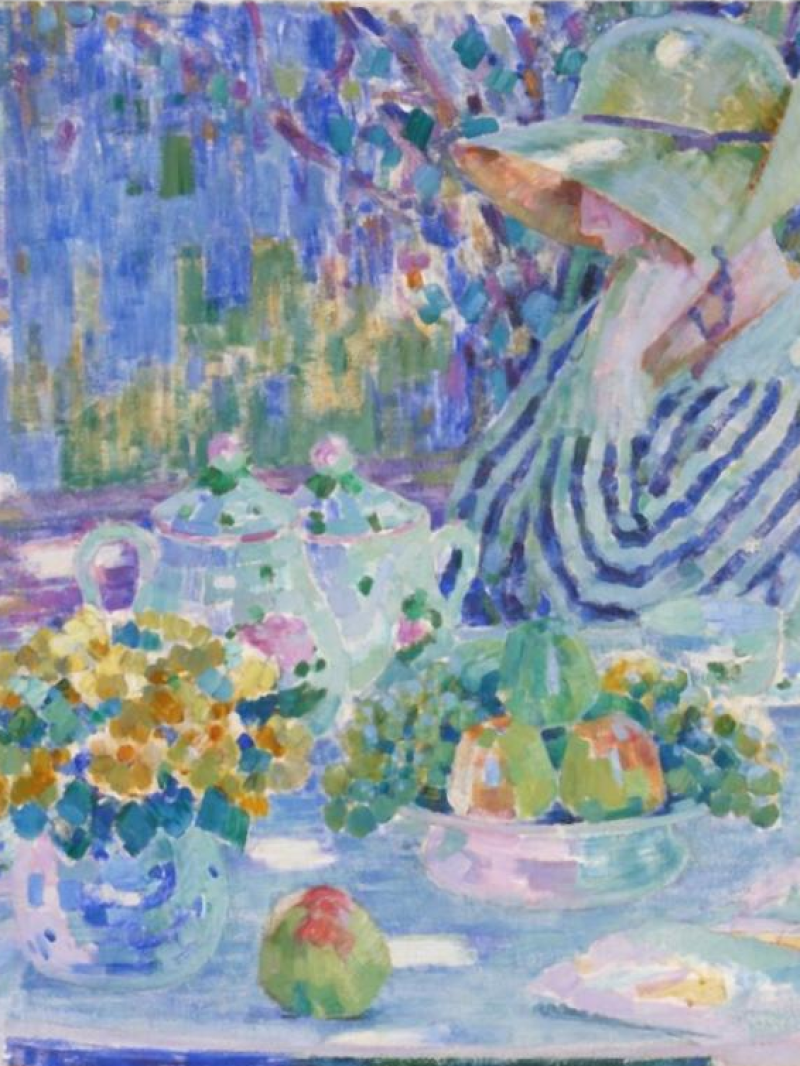 Artists reflect on water
Artists reflect on water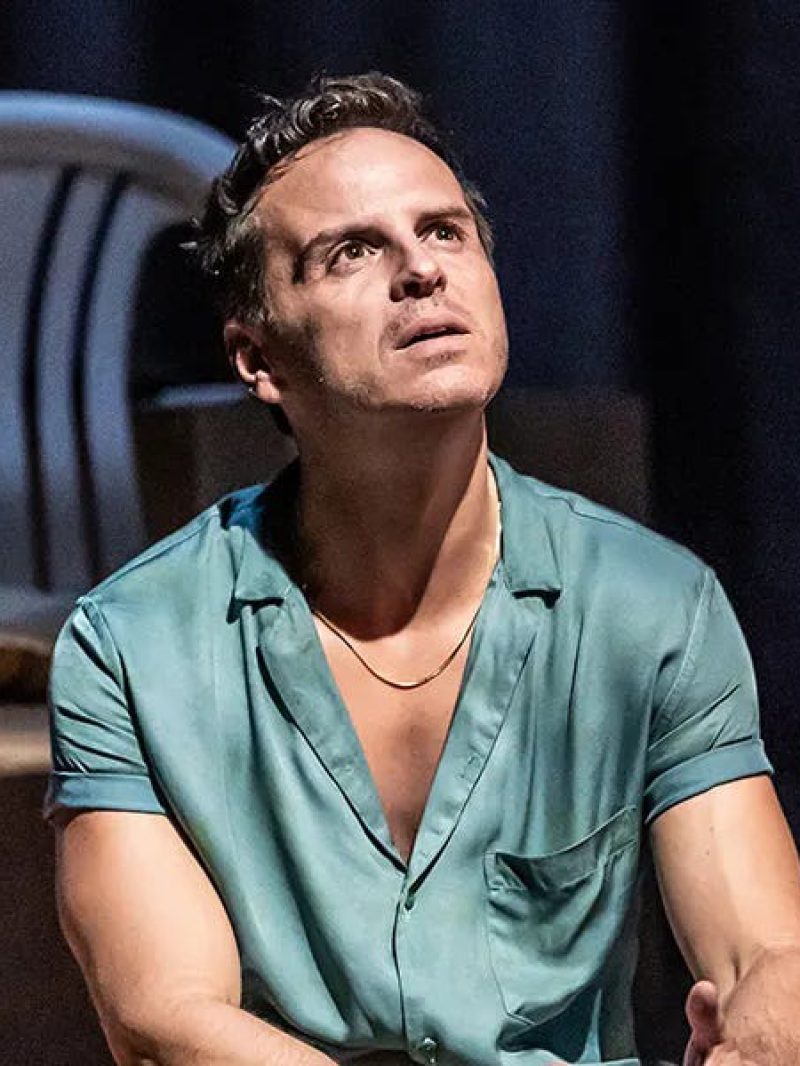 A love letter to a loaded gun
A love letter to a loaded gun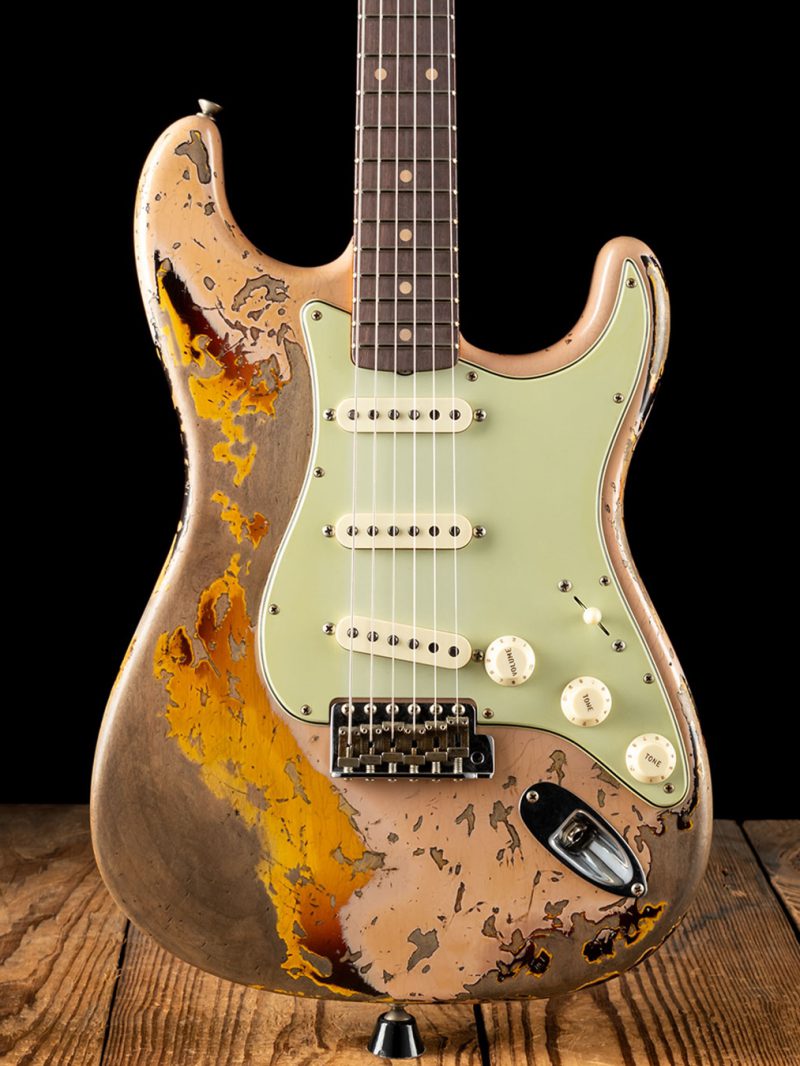 Are you for real?
Are you for real?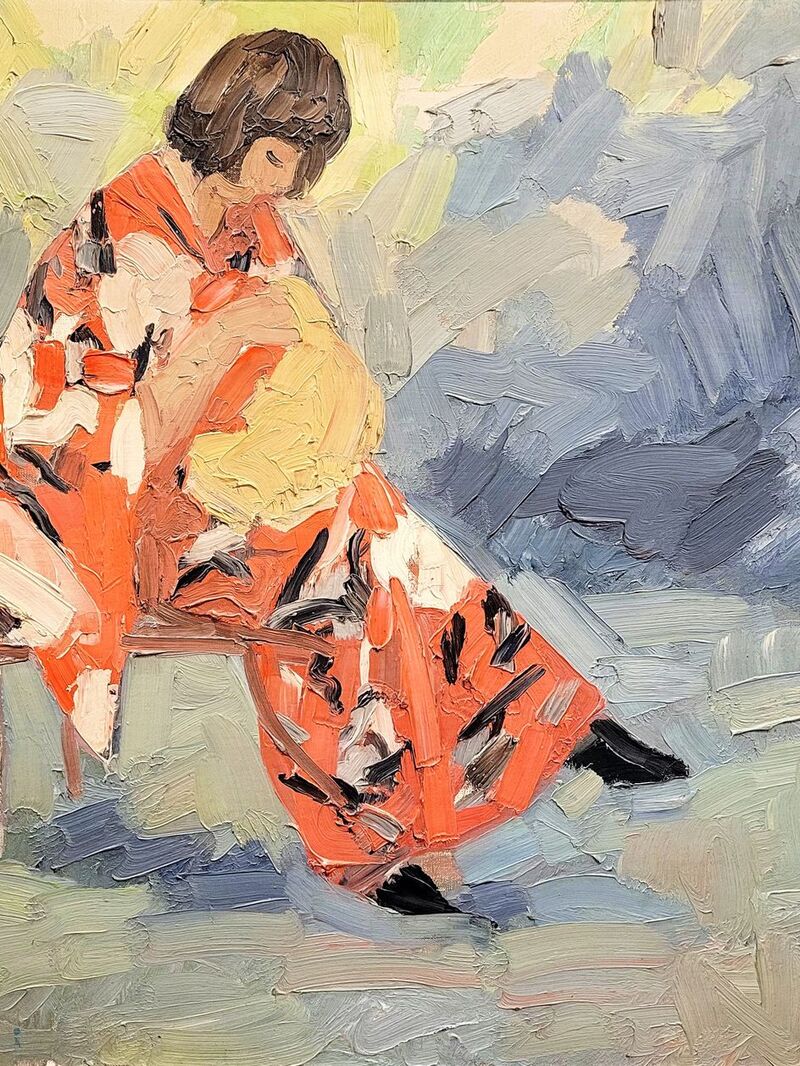 What is a good life?
What is a good life?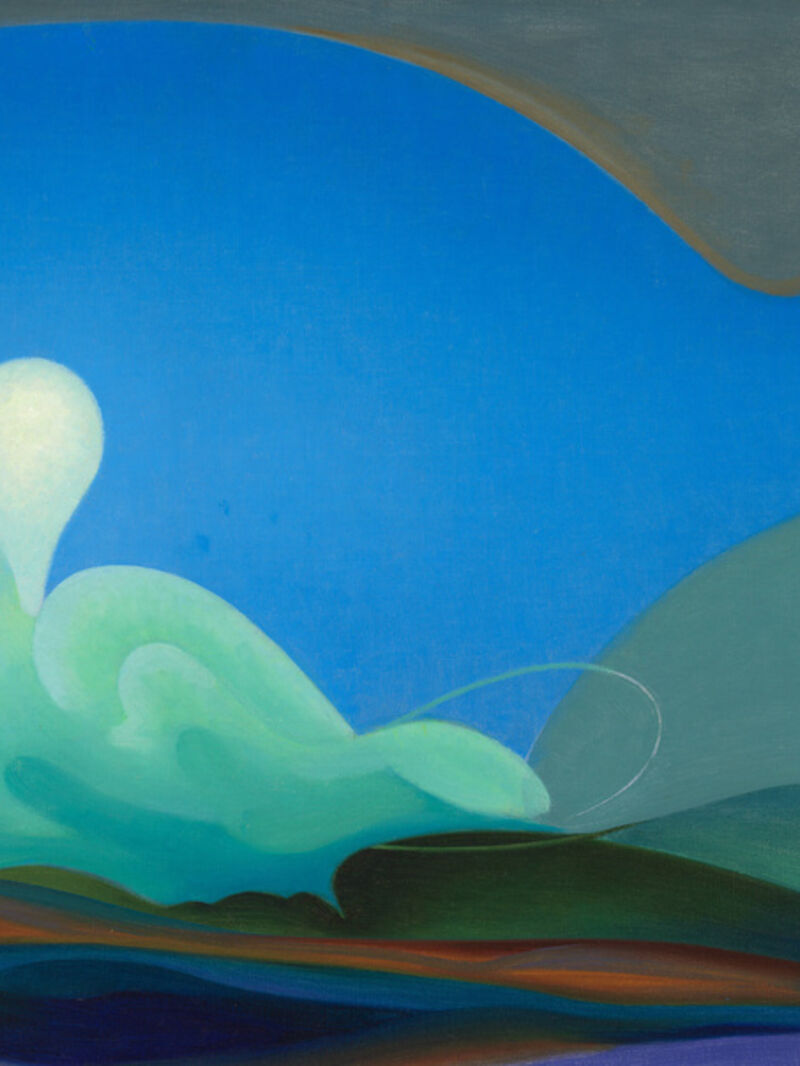 Who decides what you think?
Who decides what you think?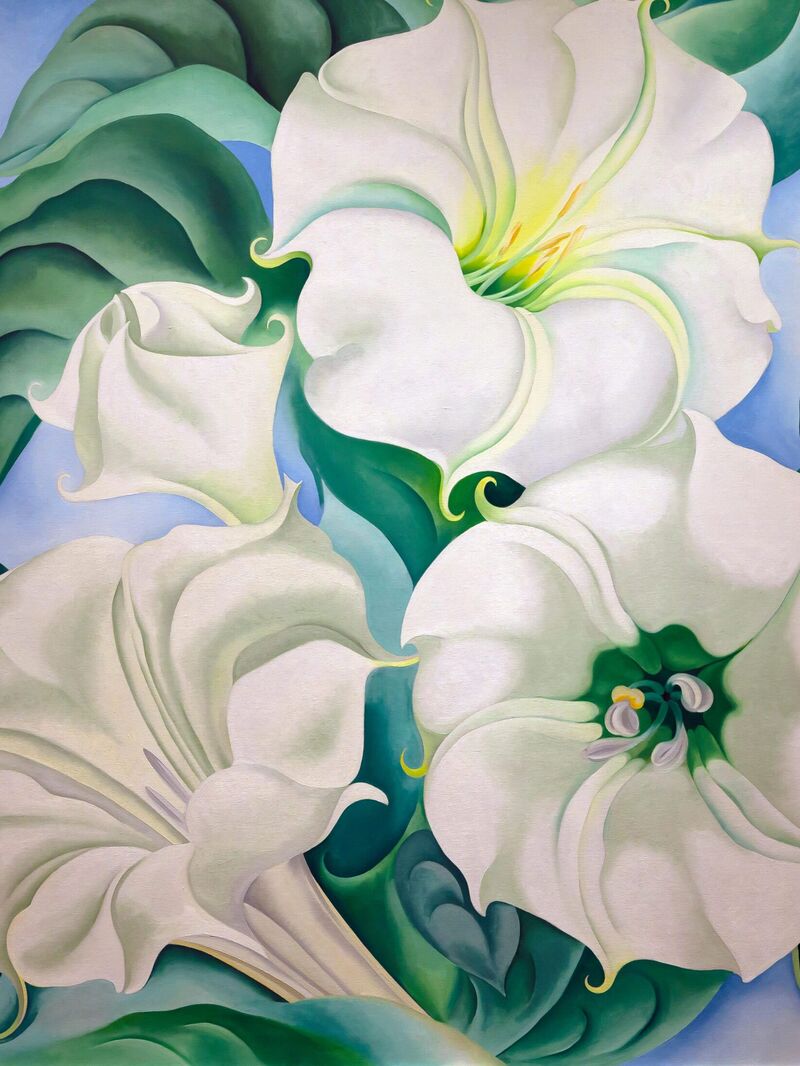 When new year should be according to history...
When new year should be according to history...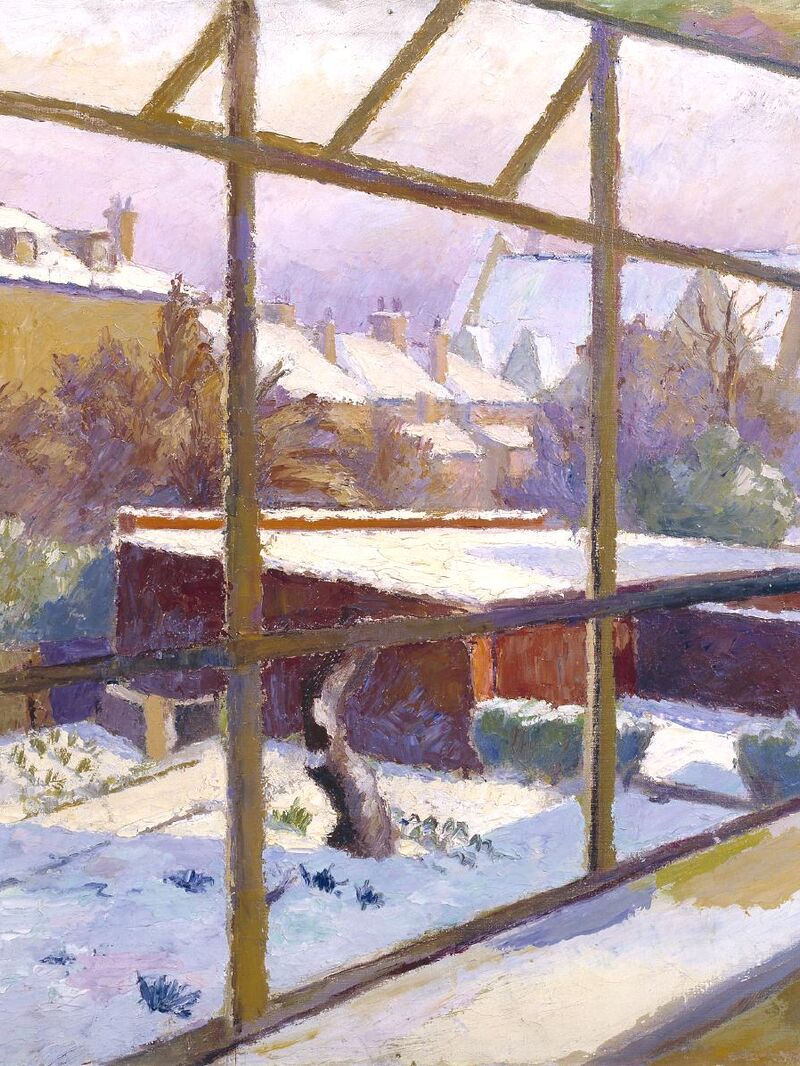 Does Mozart really make you smarter?
Does Mozart really make you smarter?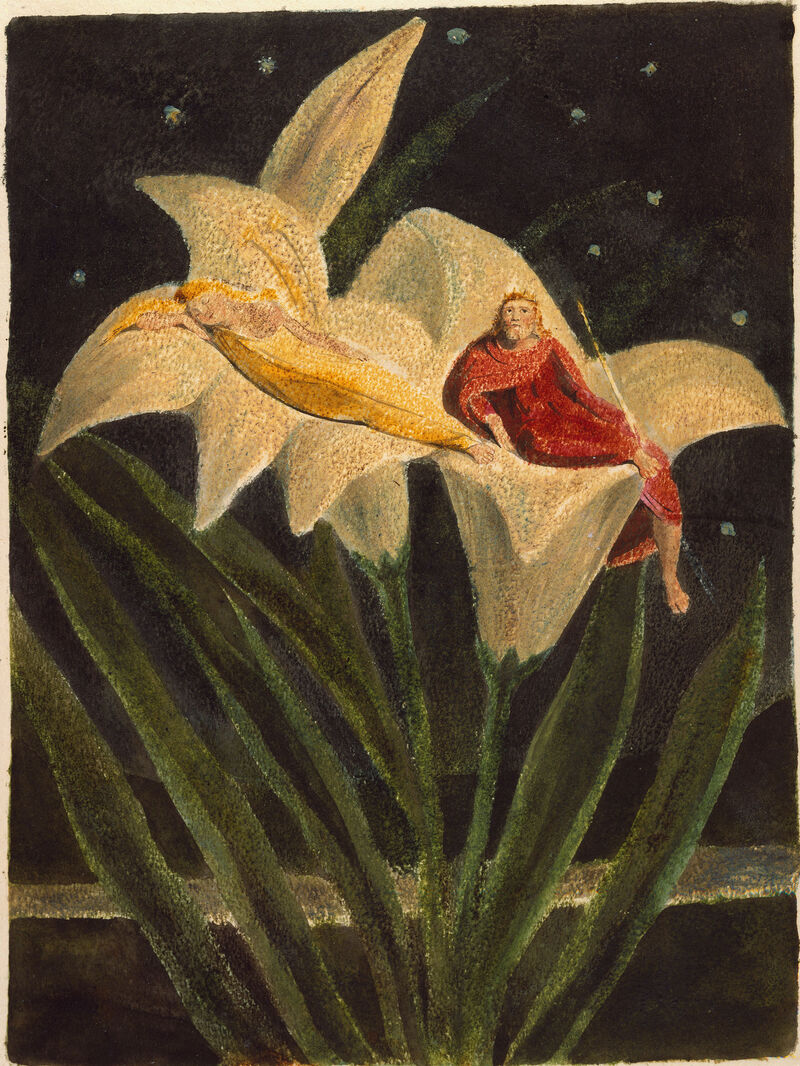 Old stories to find light in dark times
Old stories to find light in dark times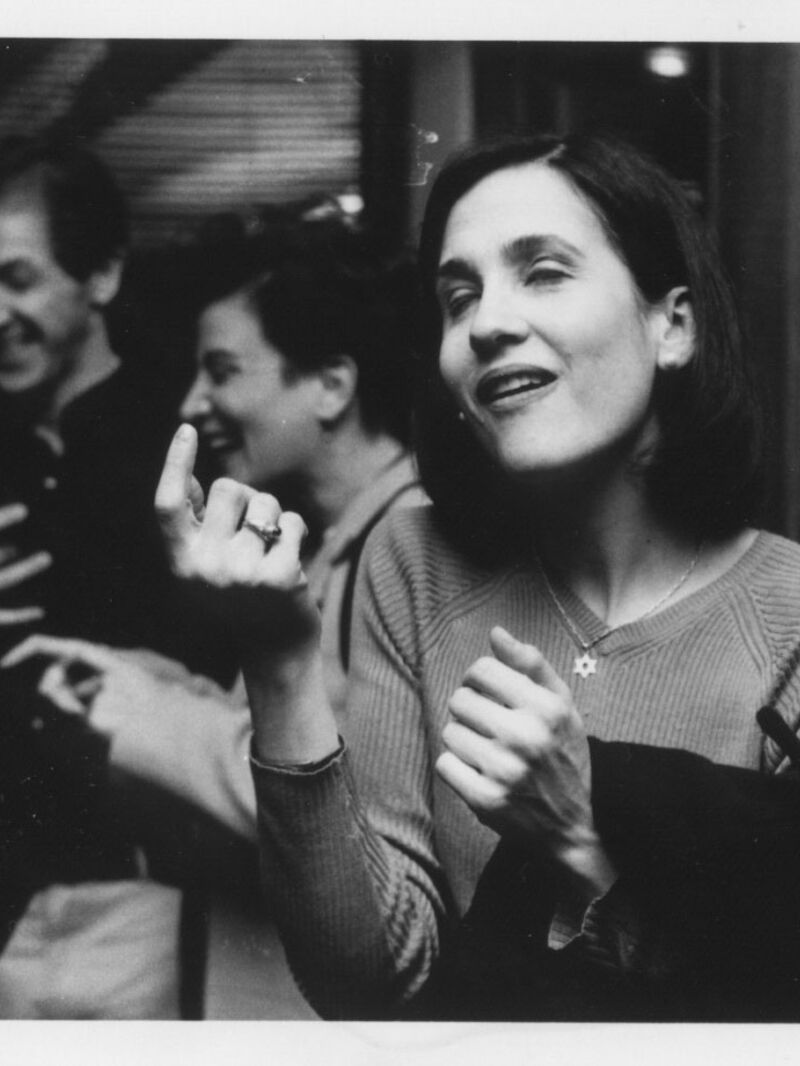 The human need to put things together
The human need to put things together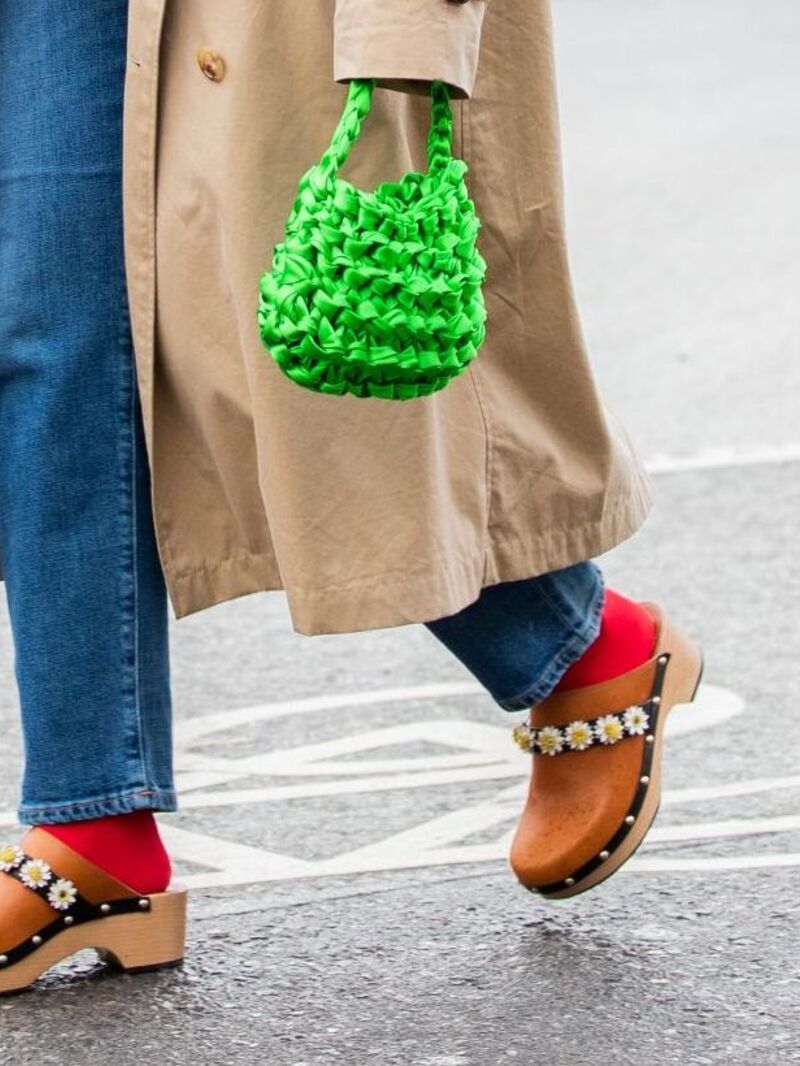 The power of trends: the good, the bad and the pumpkin-spiced.
The power of trends: the good, the bad and the pumpkin-spiced.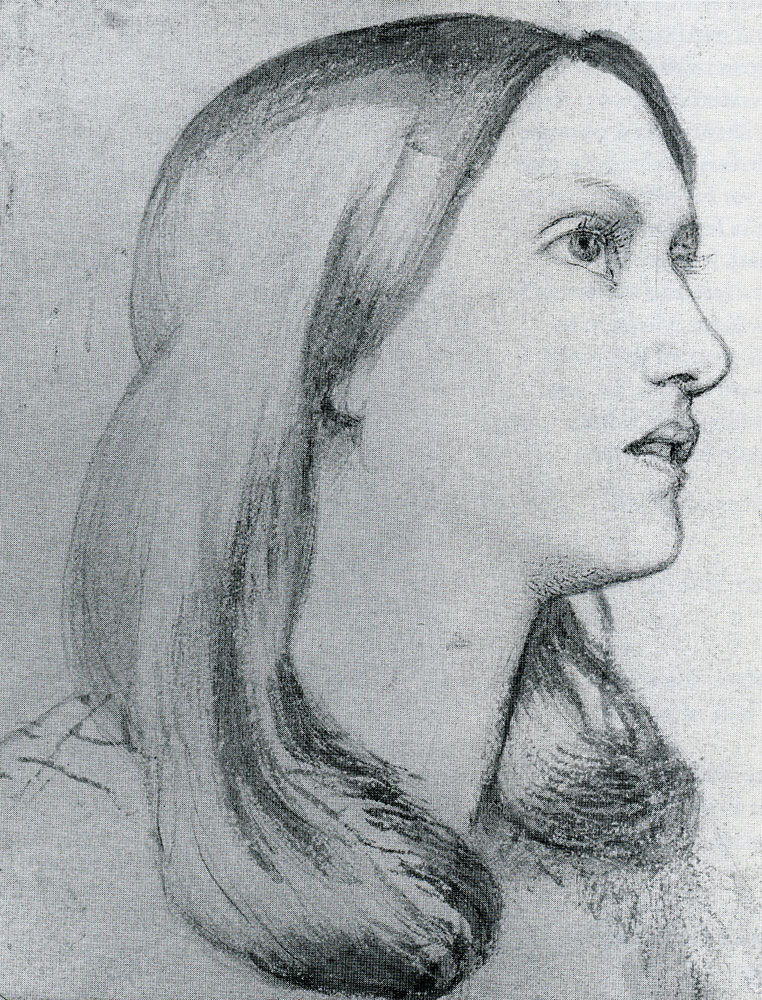 From terrestrial to celestial – where do we find inspiration?
From terrestrial to celestial – where do we find inspiration?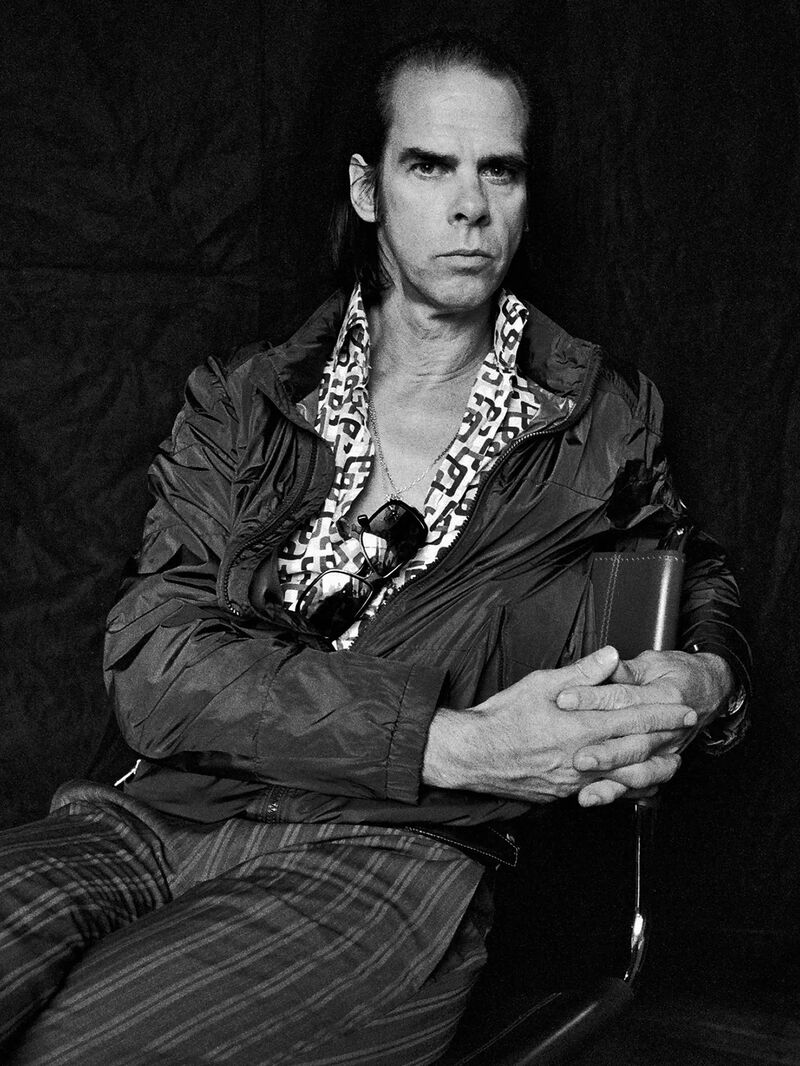 The illusion of ownership
The illusion of ownership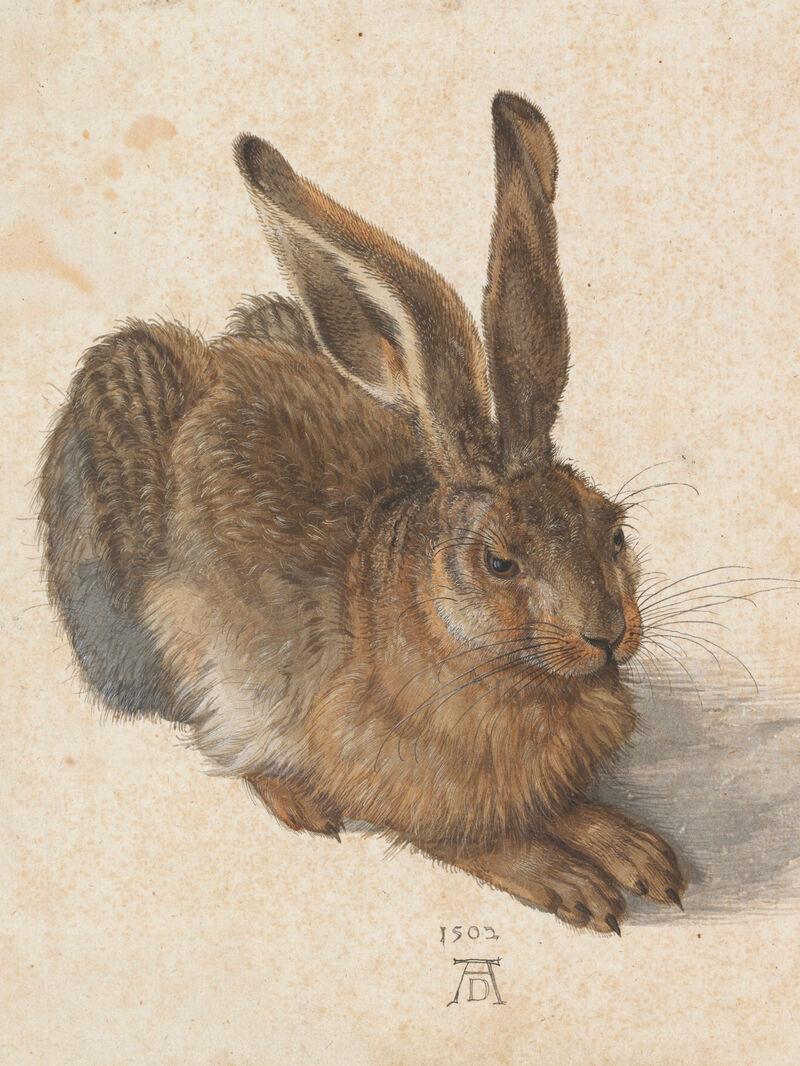 Let’s go down the rabbit hole 🐇
Let’s go down the rabbit hole 🐇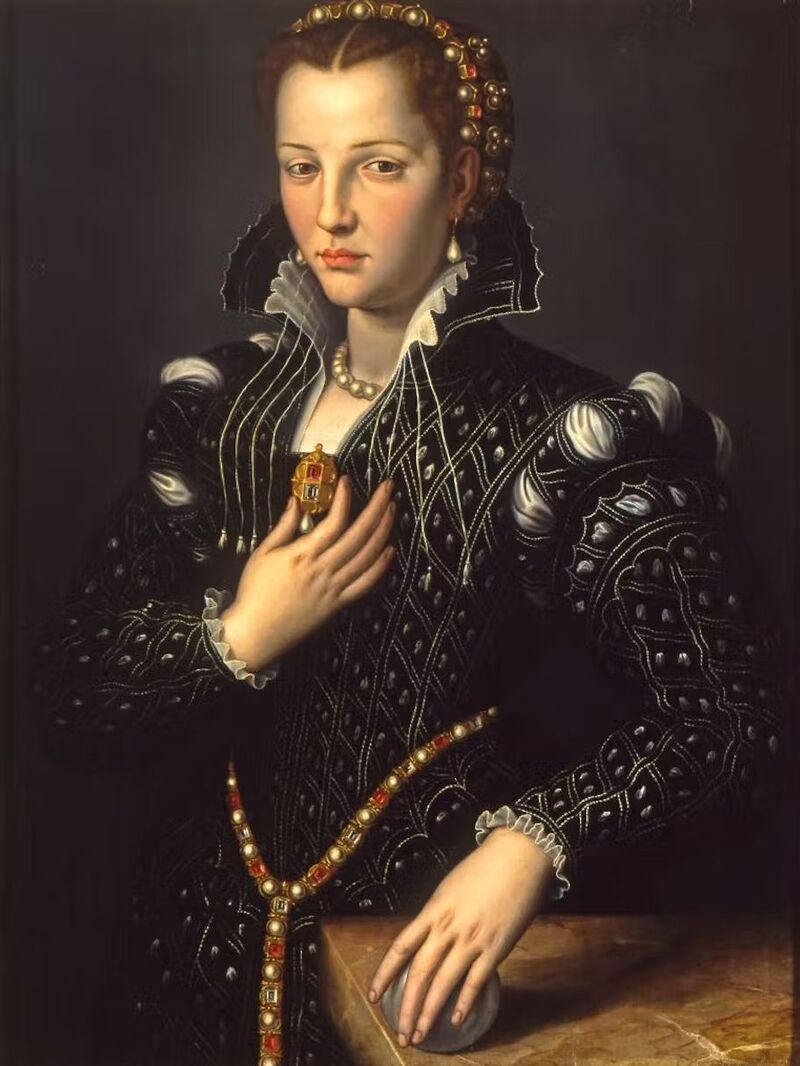 Identity, the artist, and #goblinmode
Identity, the artist, and #goblinmode Punk and her godmothers
Punk and her godmothers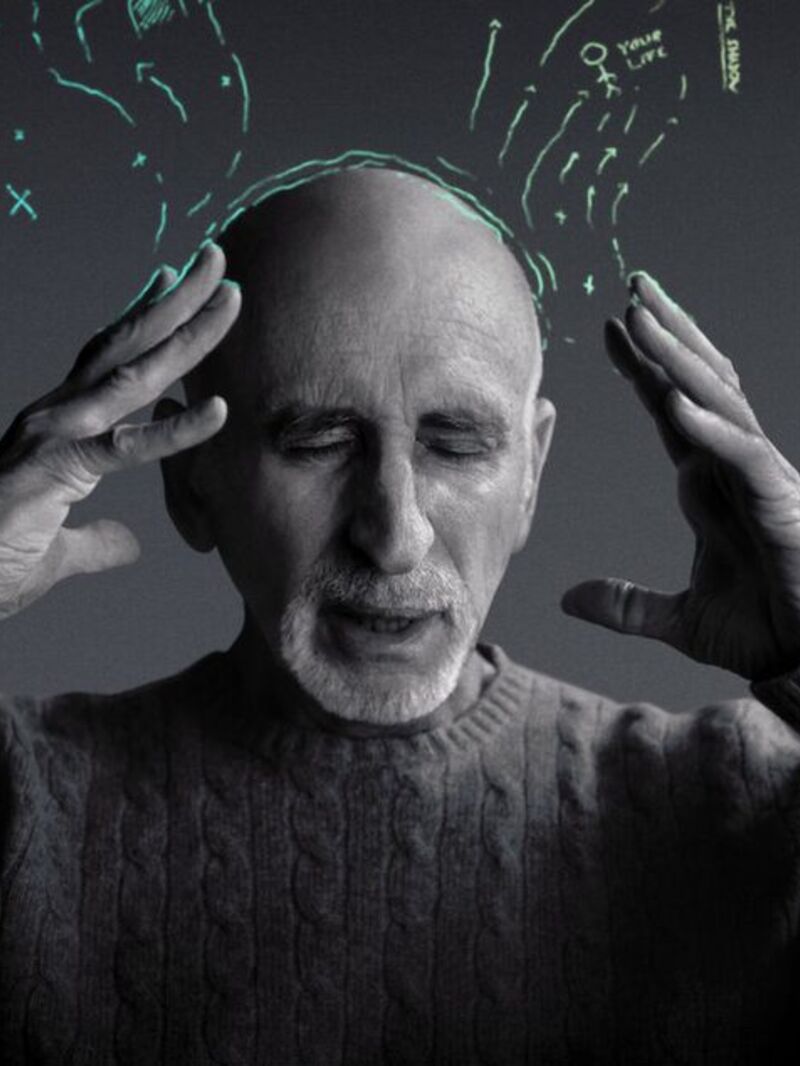 The ultimate journey – homecoming, heroes and wholeness.
The ultimate journey – homecoming, heroes and wholeness.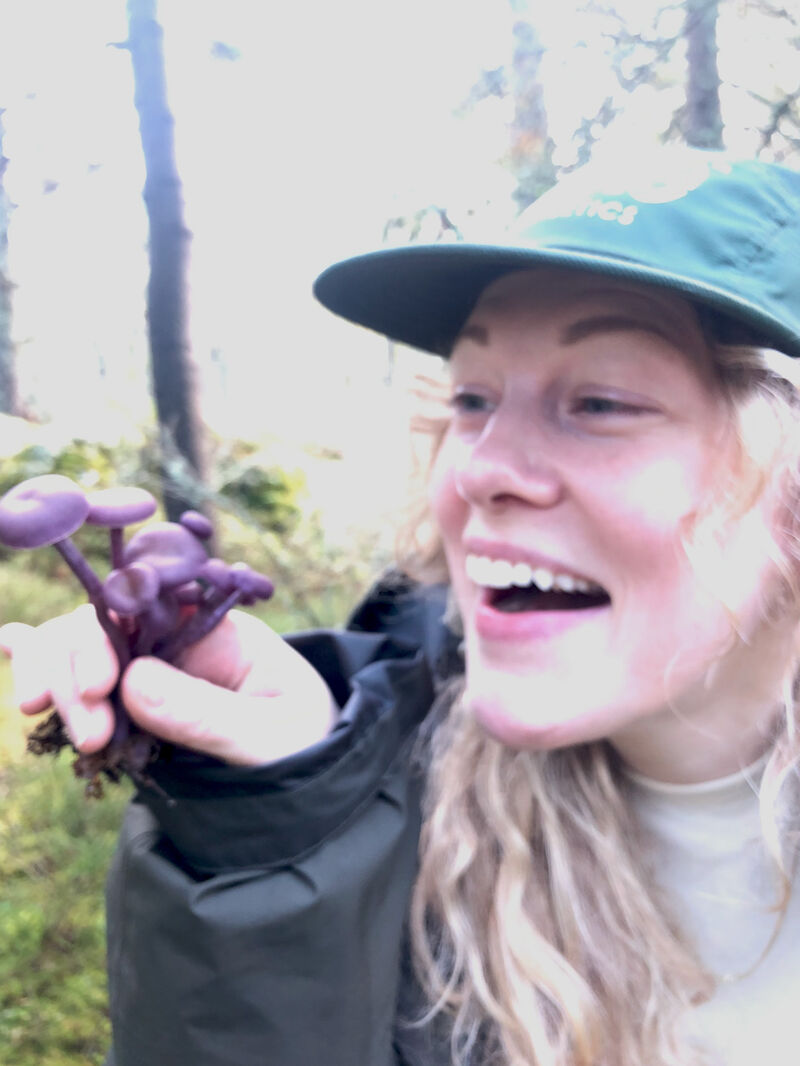 It’s mushroom month...
It’s mushroom month...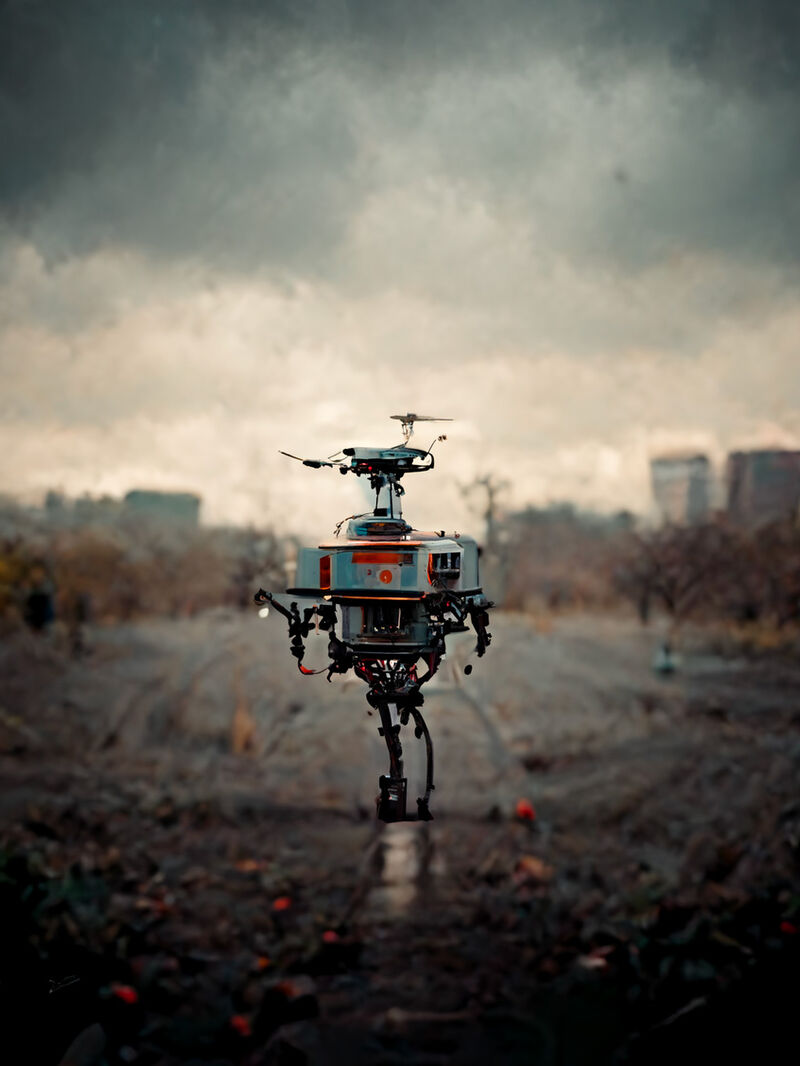 Robots, AI and artistry, oh my!
Robots, AI and artistry, oh my!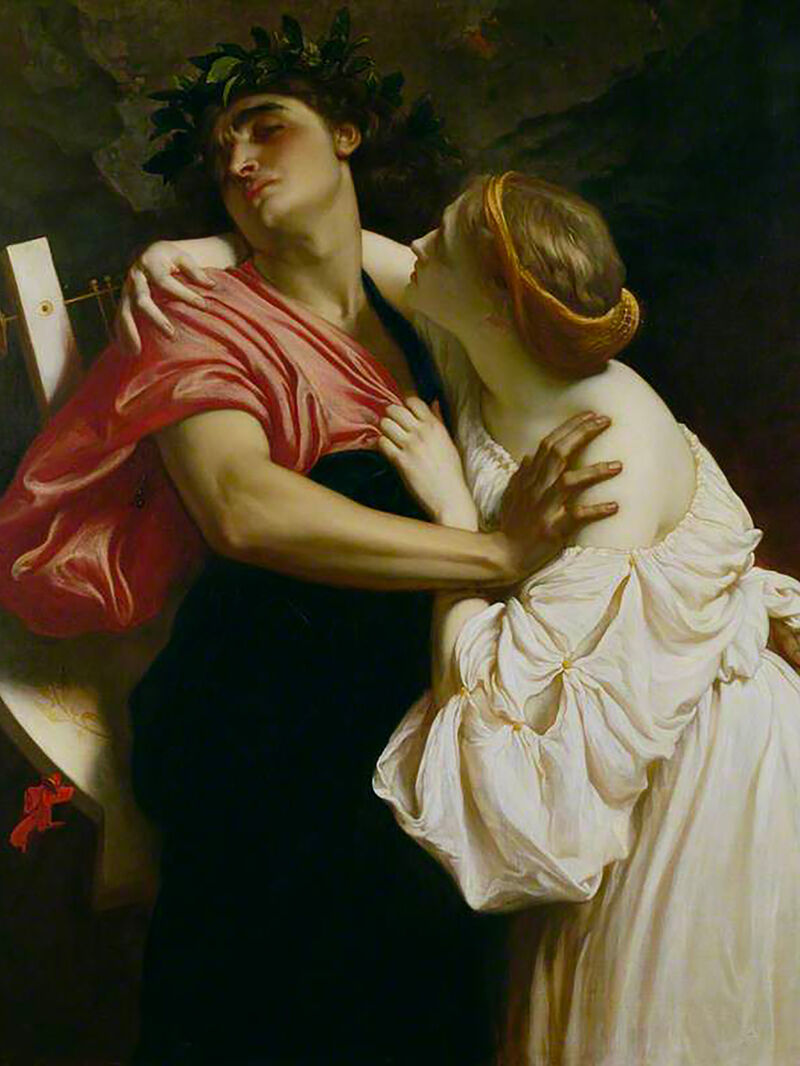 Longevity, love and memory...
Longevity, love and memory...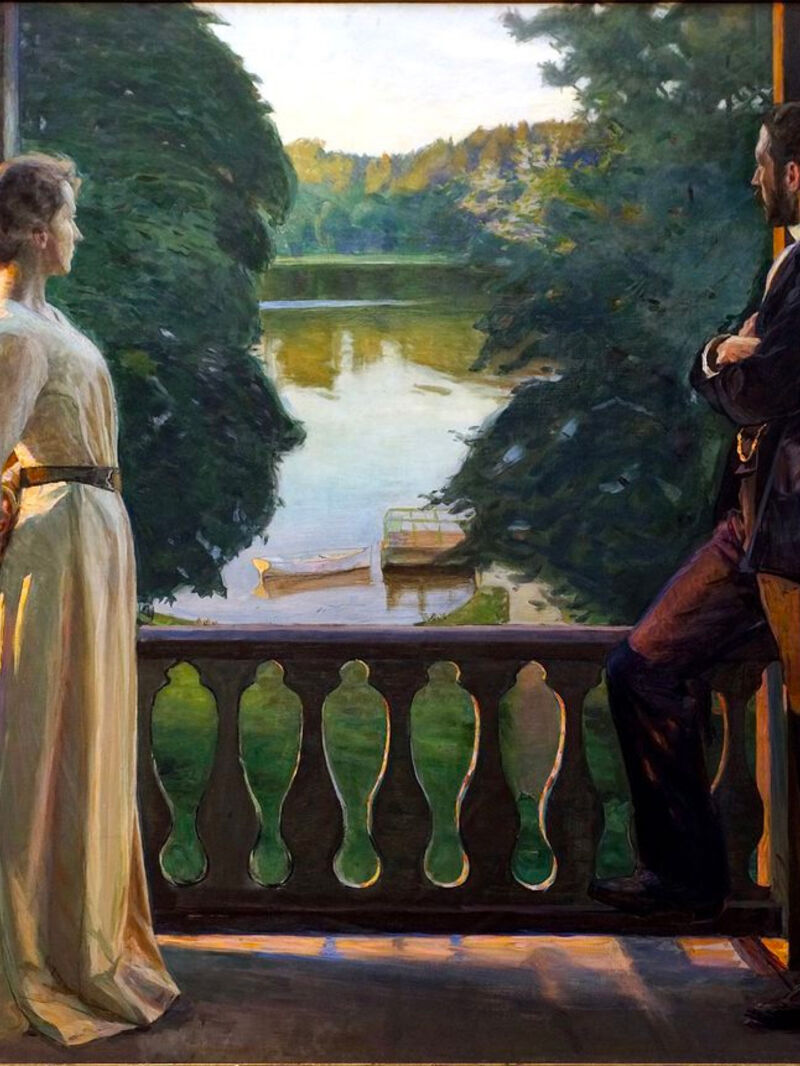 Summer, Freud and a sonnet...
Summer, Freud and a sonnet...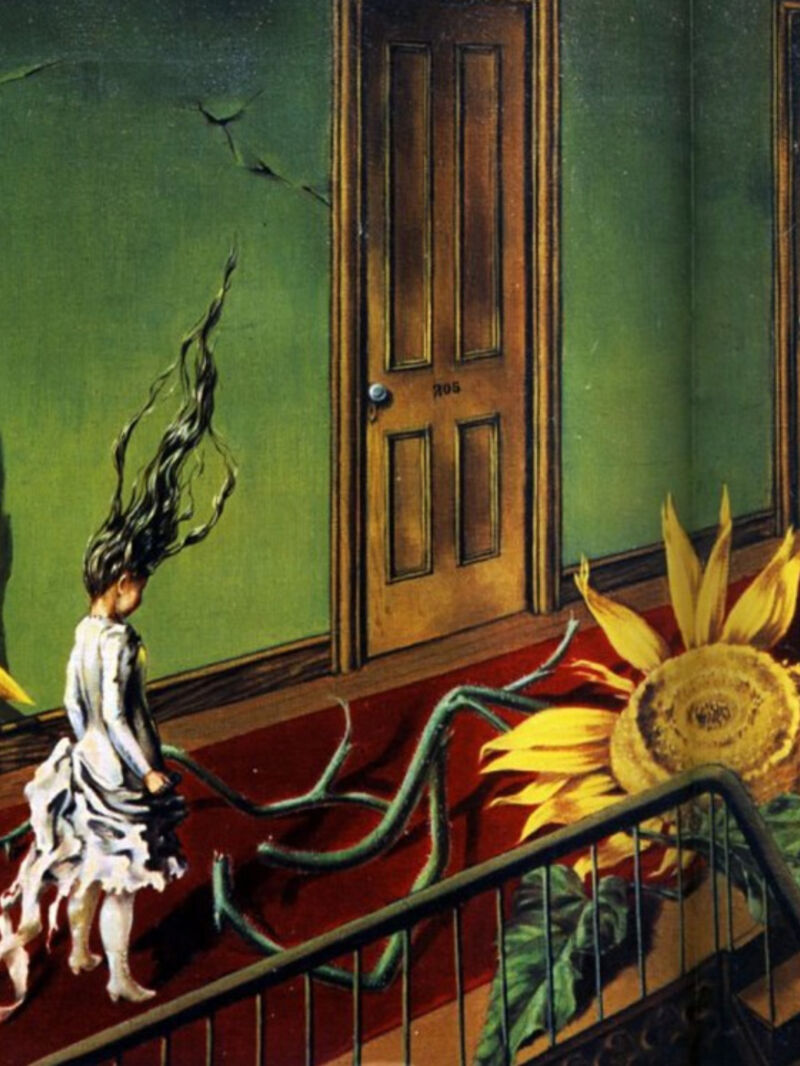 When surreal makes sense – exploring with Dorothea Tanning, Olga Tokaczuk and more...
When surreal makes sense – exploring with Dorothea Tanning, Olga Tokaczuk and more...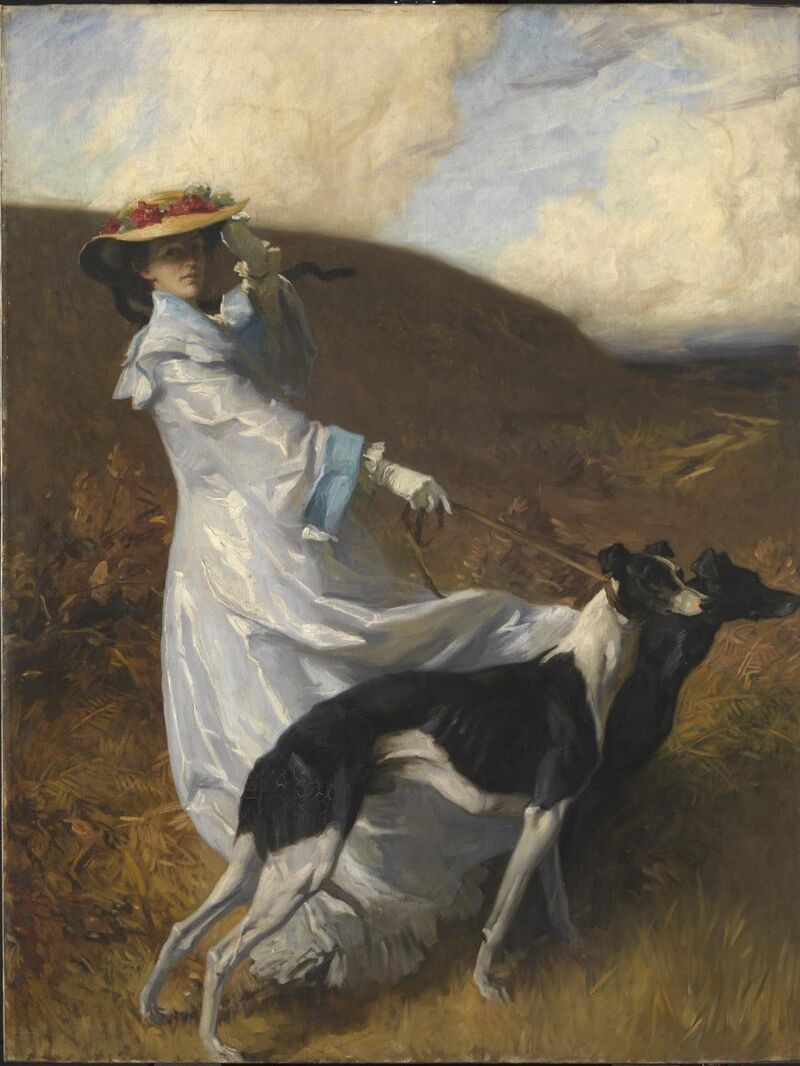 Twists and turns with Mary Oliver, Alan Watts and Astrid Lindgren...
Twists and turns with Mary Oliver, Alan Watts and Astrid Lindgren...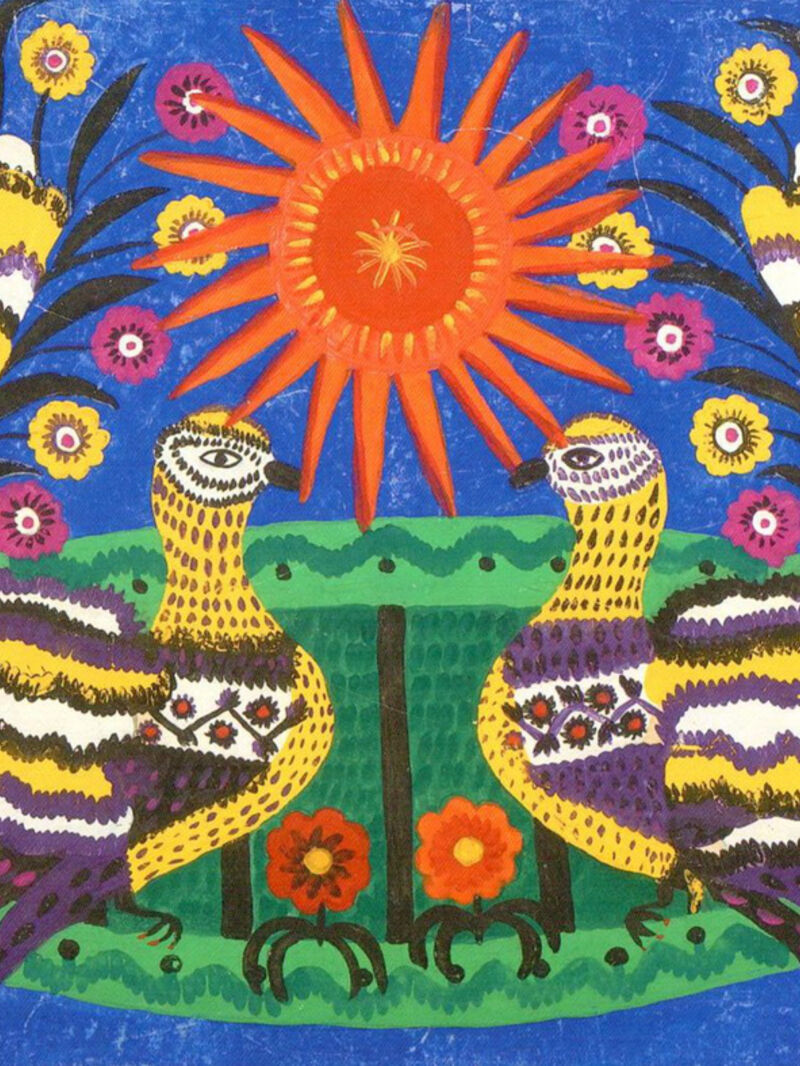 First flowers of spring: the need for beauty and hope at all times
First flowers of spring: the need for beauty and hope at all times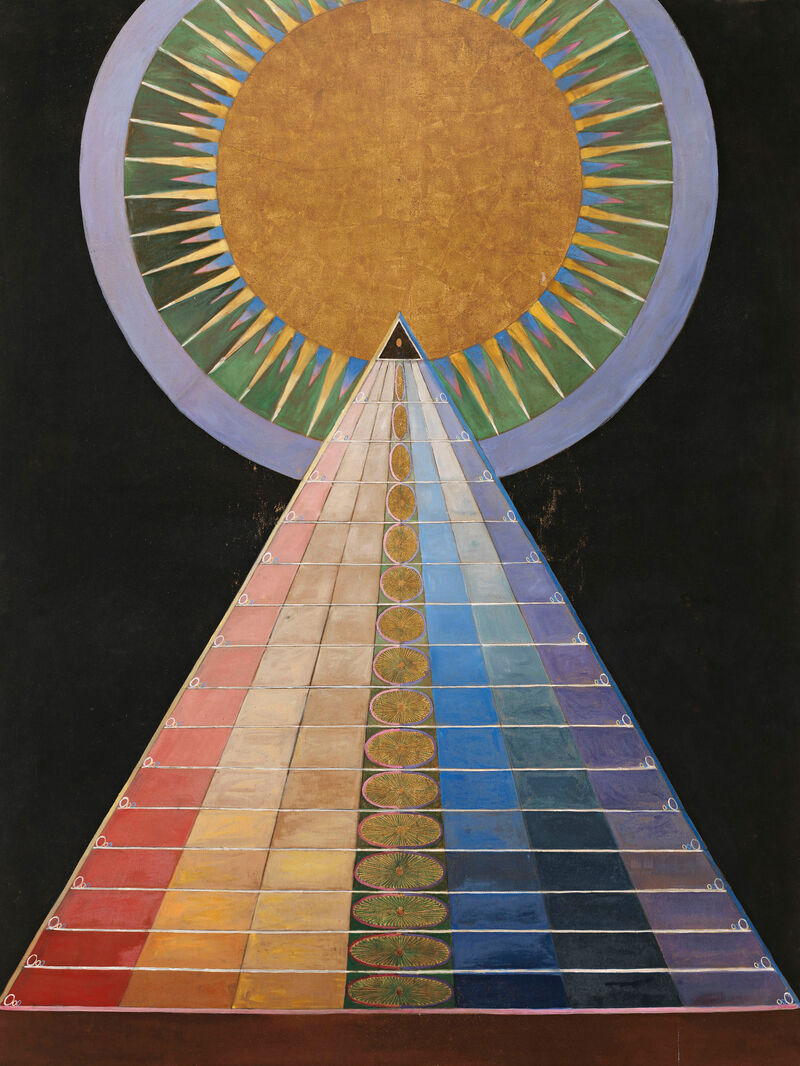 Defining reality, playing with illusion with Robert Frost, Hilma Af Kilnt and more...
Defining reality, playing with illusion with Robert Frost, Hilma Af Kilnt and more...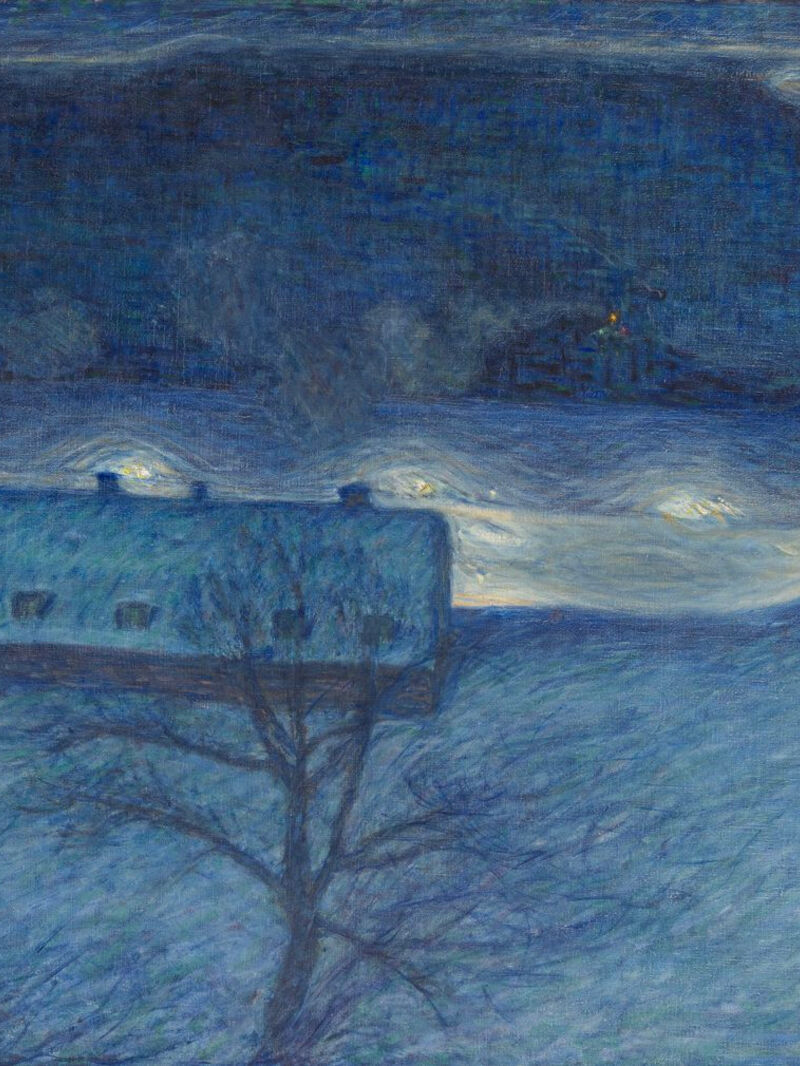 Celebrating the cycles of light and dark with Joan Didion, Danez Smith and more...
Celebrating the cycles of light and dark with Joan Didion, Danez Smith and more...